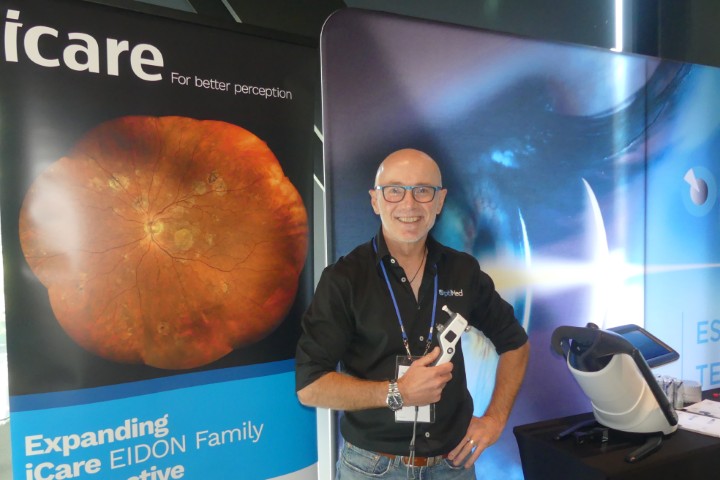AMD linked to air pollution
UK researchers have found greater exposure to particulate air pollution was associated with self-reported age-related macular degeneration (AMD), while particulate matter, nitrogen dioxide (NO2) and nitrogen oxides (NOx) were all associated with differences in retinal layer thickness.
Lead authors Professor Paul Foster, UCL Institute of Ophthalmology, and Dr Praveen Patel, Moorfields Eye Hospital, examined the data of 115,954 participants aged 40-69 years old in the UK Biobank - a database containing in-depth genetic and health information from 500,000 people, which includes geographical air pollution estimates. Self-reported AMD was used to identify overt disease, while spectral-domain optical coherence tomography (SD-OCT) imaging was used to assess photoreceptor sublayer and retinal pigment epithelium (RPE) layer thickness to use as structural biomarkers for AMD.
Researchers found that people exposed to higher PM2.5 (airborne particle matter <2.5µm) levels had higher odds of self-reported AMD, thinner photoreceptor synaptic region, thicker photoreceptor inner segment layer and thinner RPE. Additionally, higher levels of PM2.5 absorbance and NO2 were associated with thicker photoreceptor inner and outer segment layers, and a thinner RPE layer. Higher levels of PM10 were associated with thicker photoreceptor outer segment and thinner RPE, while higher exposure to NOx was associated with thinner photoreceptor synaptic region.


























